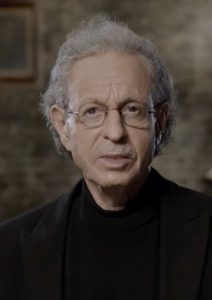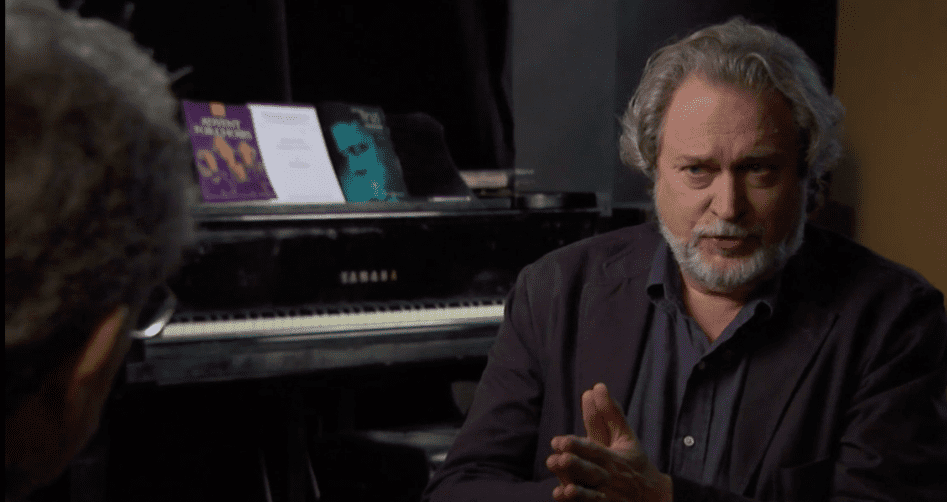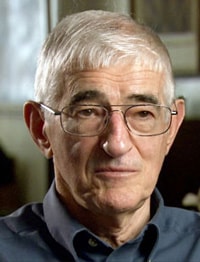Thirty years ago…Some of my readers remember, others were not old enough, but heard from parents, and some not even born–like many of my students in their 20s. I asked an undergrad class of 70 last year–Who has heard of Waco, the Branch Davidians, or David Koresh? Five hands went up, but none knew much about it. The rest had no reference point with any of these three key terms.
My parents remembered FDR’s death, Pearl Harbor, and D-Day. I remember the assassinations of JFK, MLK, and Robert Kennedy, Viet Nam, and the 1960s. Waco was 1993. But even September 11, 2001 is becoming too long ago for our college age kids.
That I was even so closely involved in the Waco confrontation with the BATF/FBI is a story in itself. My field is ancient apocalyptic ideas, not new religious movements–but in this case the overlap and “fit” between understanding Waco and ancient constructs was rather tight. See my article, “Patterns of the End: Textual Weaving from Qumran to Waco,” which you can download and read free of charge.
So whether you remember April 19, 1993 or not, here it is In One Hour–the good, bad, and ugly of it all…This is one of the tightest summaries the whole Waco story that I have done over the years–from origins of the Branch Davidians in the 1930s to the disastrous end at Mt Carmel after the 51 Day siege in Waco, TX in 1993 (Feb 28-April 19).

 I surely understand existential alienation, as I think we all surely do unless we have “fallen” for a comforting illusion as per Herrs Freud and Nietzsche—but the love of life for me is best captured by Frost in “Birches,” and that chilling line…”The earth’s the right place for love, I don’t know where it’s likely to go better.” And yes, I too have climbed those birches, but always swung back down on the good earth…
I surely understand existential alienation, as I think we all surely do unless we have “fallen” for a comforting illusion as per Herrs Freud and Nietzsche—but the love of life for me is best captured by Frost in “Birches,” and that chilling line…”The earth’s the right place for love, I don’t know where it’s likely to go better.” And yes, I too have climbed those birches, but always swung back down on the good earth…
 If you have fallen or partly fallen for all the AI nonsense that ChatGTP has generated in the popular media, about computers taking over, controlling us, or in any way exhibiting the human capacities of our linguistic programming, Chomsky set things straight in clear language and straight talk. As one of the smartest computer guys I know puts it, hyperbole, but you get the point, ChatGTP is as “dumb” as this keyboard. Input, output. Nothing conscious or even near so. I think Robert Kuhn (
If you have fallen or partly fallen for all the AI nonsense that ChatGTP has generated in the popular media, about computers taking over, controlling us, or in any way exhibiting the human capacities of our linguistic programming, Chomsky set things straight in clear language and straight talk. As one of the smartest computer guys I know puts it, hyperbole, but you get the point, ChatGTP is as “dumb” as this keyboard. Input, output. Nothing conscious or even near so. I think Robert Kuhn (


